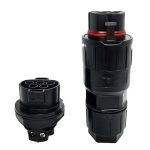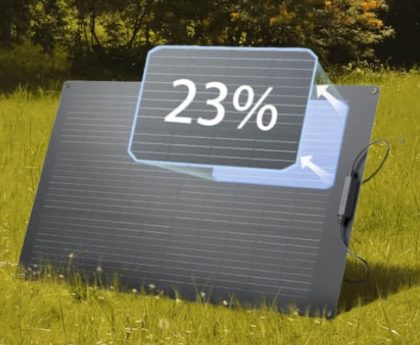If you’ve ever dealt with small electronic devices, you’ve likely come across IPEX connectors. These tiny connectors are used in a wide range of applications, from laptops and smartphones to smartwatches and drones. In this article, we’ll take a closer look at two popular IPEX connectors: IPEX 1 and IPEX 4.
IPEX 1 Connector
IPEX 1, also known as MHF1, is a miniature RF coaxial connector commonly used in wireless communication devices. The connector features a snap-on design and a 1.2mm mating height, making it ideal for use in applications with limited space.
Advantages of IPEX 1 Connector
One of the main advantages of IPEX 1 connector is its small size, which allows for high-density PCB layouts. The snap-on design also makes it easy to install and remove, making it a popular choice for manufacturers.
Another advantage of IPEX 1 connector is its low insertion loss and excellent return loss performance. This makes it ideal for high-frequency applications where signal integrity is critical.
Limitations of IPEX 1 Connector
Despite its many advantages, IPEX 1 connector has some limitations. One of the biggest limitations is its low power handling capability. The connector is rated for a maximum power of 1W, making it unsuitable for high-power applications.
Another limitation of IPEX 1 connector is its limited durability. The snap-on design can become loose over time, leading to poor connectivity and signal loss.
Typical Applications of IPEX 1 Connector
IPEX 1 connector is commonly used in wireless communication devices such as smartphones, laptops, and tablets. It is also used in other small electronic devices such as smartwatches, drones, and GPS trackers.
IPEX 4 Connector
IPEX 4, also known as MHF4, is a smaller version of IPEX 1 connector. The connector features a 1.2mm mating height and a snap-on design, similar to IPEX 1.
Advantages of IPEX 4 Connector
One of the main advantages of IPEX 4 connector is its even smaller size, which allows for even higher-density PCB layouts. The snap-on design also makes it easy to install and remove, making it a popular choice for manufacturers.
Another advantage of IPEX 4 connector is its improved power handling capability. The connector is rated for a maximum power of 2W, making it suitable for higher-power applications than IPEX 1.
Limitations of IPEX 4 Connector
Despite its many advantages, IPEX 4 connector has some limitations. One of the biggest limitations is its lower durability compared to other connectors. The snap-on design can become loose over time, leading to poor connectivity and signal loss.
Another limitation of IPEX 4 connector is its higher cost compared to other connectors. This can make it less attractive for manufacturers looking to keep costs down.
Typical Applications of IPEX 4 Connector
IPEX 4 connector is commonly used in wireless communication devices such as smartphones, laptops, and tablets. It is also used in other small electronic devices such as smartwatches, drones, and GPS trackers.
Comparison between IPEX 1 and IPEX 4 Connectors
When it comes to choosing between IPEX 1 and IPEX 4 connectors, there are several factors to consider. Let’s take a closer look at the differences between the two connectors.
Physical Differences
The main physical difference between IPEX 1 and IPEX 4 connectors is their size. IPEX 4 is smaller than IPEX 1, with a 1.2mm mating height compared to 1.4mm for IPEX 1. This means that IPEX 4 can be used in applications with even tighter space constraints.
Electrical Performance Differences
In terms of electrical performance, both IPEX 1 and IPEX 4 connectors offer low insertion loss and excellent return loss performance. However, IPEX 4 has a higher power handling capability than IPEX 1, with a maximum power rating of 2W compared to 1W for IPEX 1.
Cost and Availability Differences
When it comes to cost and availability, IPEX 1 is generally less expensive and more widely available than IPEX 4. This is partly due to its larger size and longer history in the market.
Advantages and Disadvantages in Different Applications
The choice between IPEX 1 and IPEX 4 ultimately depends on the specific requirements of the application. In general, IPEX 1 is a good choice for low-power, space-constrained applications such as smartphones and tablets. On the other hand, IPEX 4 is a good choice for higher-power applications such as Wi-Fi routers and small base stations.
Conclusion
IPEX 1 and IPEX 4 connectors are two popular miniature RF coaxial connectors commonly used in wireless communication devices. While they share many similarities, there are some key differences to consider when choosing between them. By understanding the advantages and limitations of each connector, you can make an informed decision based on the specific requirements of your application.In addtion,If you want to learn about M12 connectors, you can visit here.




